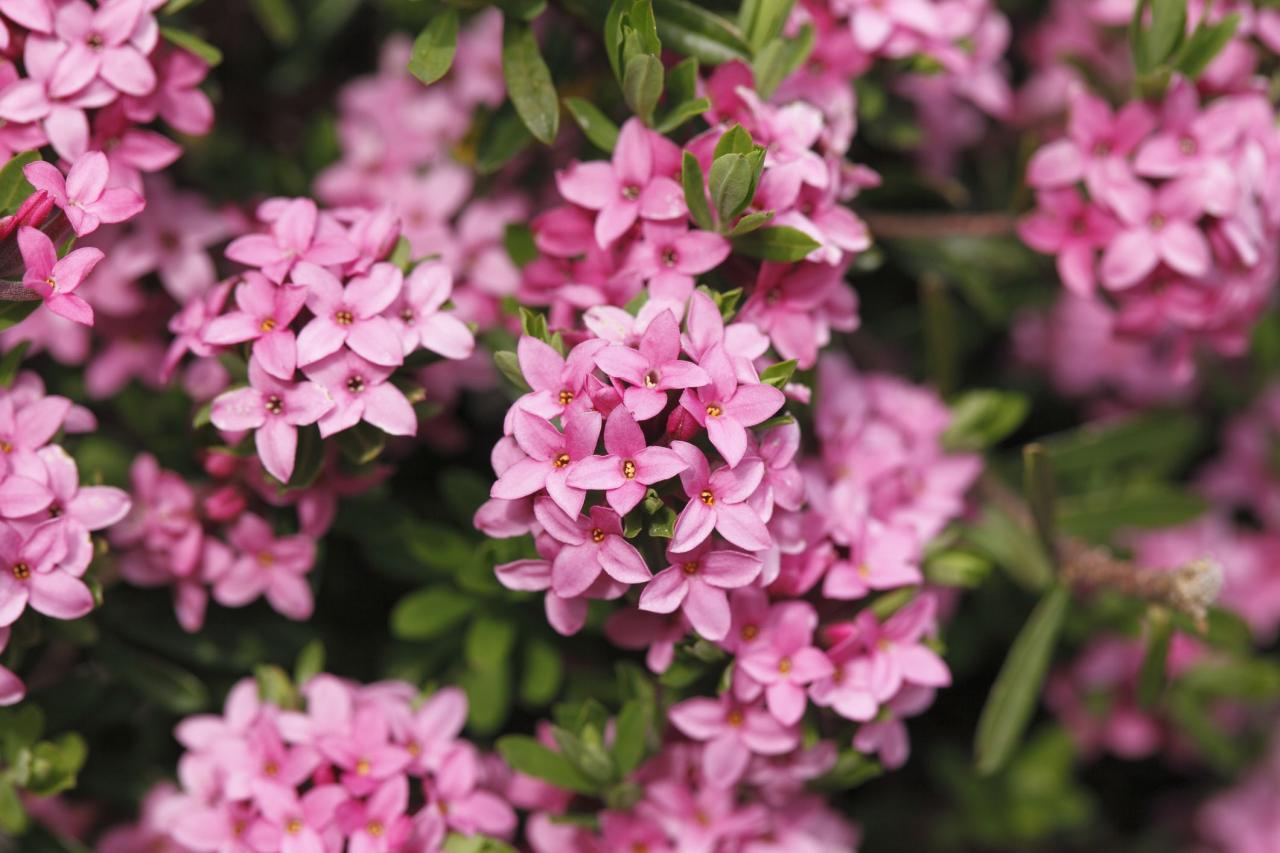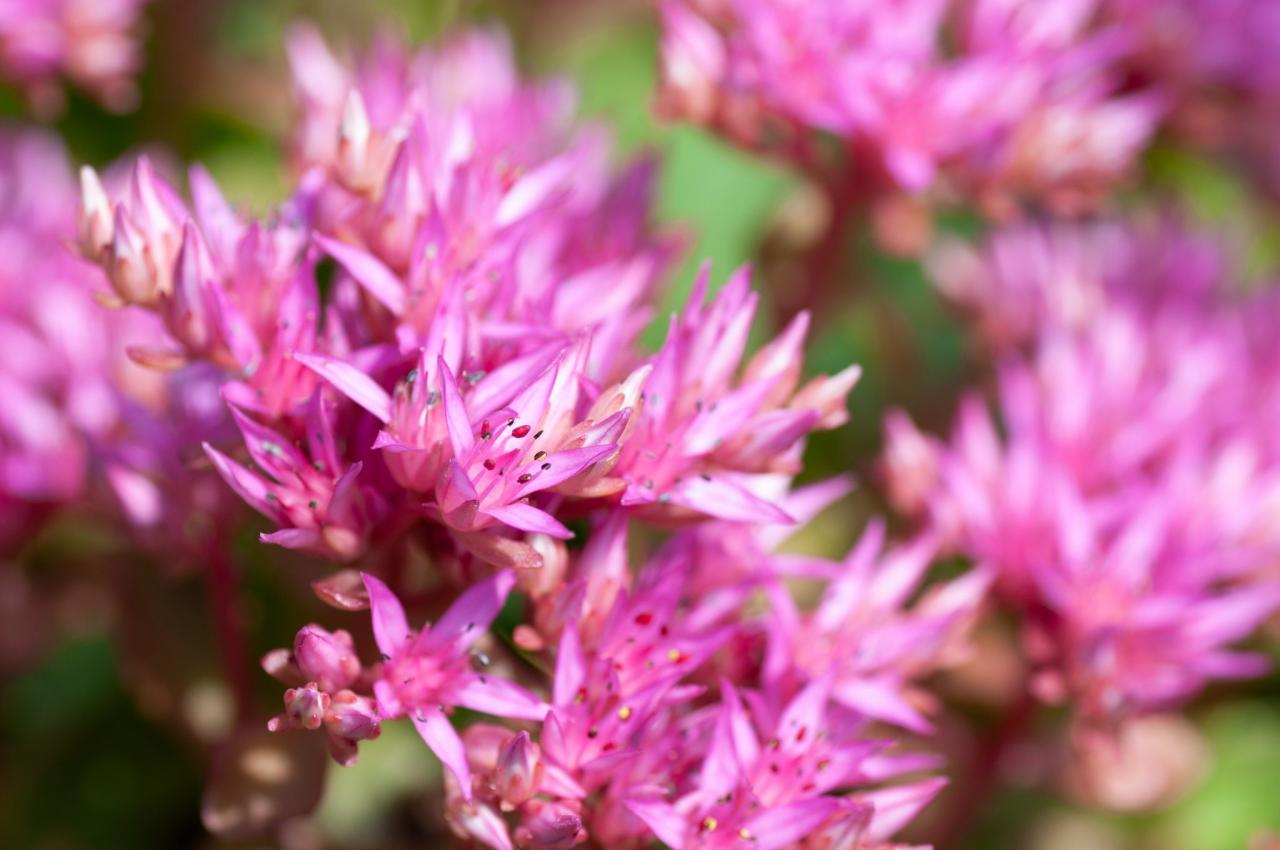Pink flower plants are a wonderful addition to any garden or indoor space, bringing a vibrant splash of color and a sense of serenity. These plants not only beautify your surroundings but also offer various benefits, from attracting pollinators to improving air quality. In this blog post, we will explore several popular pink flower plants, their care requirements, and how to incorporate them into your home or garden. Let’s delve into the enchanting world of pink blooms! 🌸
Why Choose Pink Flower Plants?

Pink flower plants are not just visually appealing; they also possess symbolic meanings. The color pink often represents love, compassion, and tranquility. By including these plants in your environment, you can create a peaceful oasis. Here are some reasons why you should consider pink flower plants:
- Visual Appeal: Pink flowers add a pop of color to any garden or home décor.
- Attract Pollinators: Many pink flowers attract bees, butterflies, and hummingbirds, which are essential for a healthy ecosystem.
- Health Benefits: Indoor plants can improve air quality and reduce stress levels.
Popular Pink Flower Plants
There is a wide variety of pink flower plants that you can choose from, whether for indoor or outdoor gardening. Here are some of the most popular options:
1. Rose (Rosa)
Roses are classic pink flowers that signify love and beauty. They come in numerous varieties, each with unique fragrances and growth habits.
| Variety | Color Shade | Care Level |
|---|---|---|
| Hybrid Tea | Soft Pink | Moderate |
| Climbing Rose | Deep Pink | Moderate |
| Miniature Rose | Pastel Pink | Easy |
2. Peony (Paeonia)
Peonies are stunning perennial plants known for their large, fragrant blooms that often come in shades of pink. These flowers symbolize prosperity and good fortune.
3. Azalea (Rhododendron)
Azaleas are popular for their vibrant pink blooms and are often used in landscaping. They thrive in acidic soil and prefer partial shade.
4. Pink Bleeding Heart (Dicentra spectabilis)
This unique plant features heart-shaped flowers that dangle like charms. They bloom in spring and are perfect for shaded areas in your garden.
5. Dahlia
Dahlias come in a wide array of colors, with pink being one of the most popular. These plants are known for their bushy foliage and can bloom from summer until the first frost.
How to Care for Pink Flower Plants
Proper care is essential for maintaining the health and beauty of pink flower plants. Here are some general care tips:
Watering
Most pink flower plants prefer well-drained soil. Water them deeply but infrequently to encourage root growth. Ensure the top inch of soil is dry before watering again.
Sunlight Requirements
Different pink flower plants have varying light needs. While some prefer full sun, others thrive in partial shade. Be sure to check the specific requirements of your chosen plants.
Soil Quality
Use a well-draining soil mix that suits the specific needs of your pink flower plants. Amend the soil with organic matter to improve fertility and drainage.
Fertilization
Feed your pink flower plants with a balanced fertilizer during their growing season. This will encourage robust growth and vibrant blooms.
Note: Always follow the manufacturer’s instructions when using fertilizers and pesticides to avoid damaging your plants.
Creating a Pink Flower Garden: Pink Flower Plants
Designing a garden filled with pink flowers can be an enjoyable and creative process. Here are some tips for creating a stunning pink flower garden:
1. Choose Your Layout, Pink Flower Plants

Decide if you want a formal layout with symmetrical patterns or a more informal arrangement. Consider using curves and varying heights for added interest.
2. Mix and Match
Incorporate different shades of pink alongside other colors to create a dynamic and inviting space. For example, combining pink with purple, white, or green can create a harmonious color palette.
3. Layer Your Plants
Place taller plants at the back and shorter ones in the front to create depth. This way, each plant can be seen, showcasing the beautiful hues of pink.
Indoor Pink Flower Plants
If you prefer indoor gardening, there are plenty of pink flower plants to choose from. Here are a few popular options:
- Orchid: Known for their exquisite blooms, orchids are available in various shades of pink and require minimal care.
- Pink Kalanchoe: This succulent produces clusters of vibrant pink flowers and thrives in bright, indirect light.
- Flamingo Flower (Anthurium): With its striking pink spathes, this plant is perfect for adding a tropical touch to your interior.
Tips for Indoor Care
Indoor pink flower plants generally require similar care to outdoor plants:
- Provide adequate sunlight based on the plant’s needs.
- Maintain humidity levels suitable for flowering plants.
- Rotate pots periodically to ensure even light exposure.
Pest and Disease Management
Keeping your pink flower plants healthy involves monitoring for pests and diseases. Common issues include:
- Spider Mites: These tiny pests can cause discoloration and webbing on leaves. Regularly misting plants can help deter them.
- Powdery Mildew: This fungal disease appears as a white powder on leaves. Ensure good air circulation and avoid overhead watering to prevent it.
- Fungal Infections: If you notice any wilting or brown spots, remove affected areas immediately to prevent spreading.
Important: Regularly inspect your plants for signs of pests or diseases. Early detection is key to effective management!
Conclusion
Incorporating pink flower plants into your garden or home can create a beautiful and serene environment. With their stunning visual appeal and numerous benefits, these plants are a great choice for any plant lover. By following proper care guidelines and selecting the right varieties, you can enjoy a vibrant pink floral display all year round. 🌼
